Hubble Releases 30 New Celestial Images to Celebrate its 30th Anniversary
![]()
In celebration of its 30th anniversary capturing stunning images of stellar objects, NASA has released 30 newly-processed Hubble images featuring galaxies, star clusters, and nebulae.
All of 30 of the images are being added to what amateur astronomers know as the Caldwell catalog, which was compiled by British amateur astronomer and science communicator Sir Patrick Caldwell-Moore and inspired by the Messier catalog. The catalog was published by Sky & Telescope magazine 25 years ago, in December 1995. Caldwell’s catalog highlights 109 galaxies, star clusters, and nebulae that are bright enough to be seen by amateur astronomers.
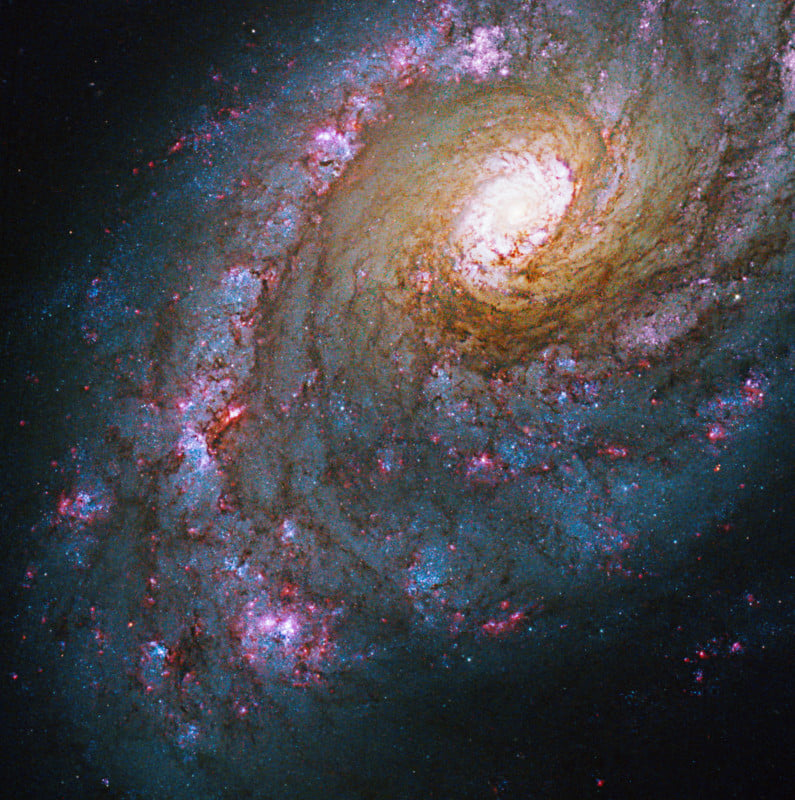
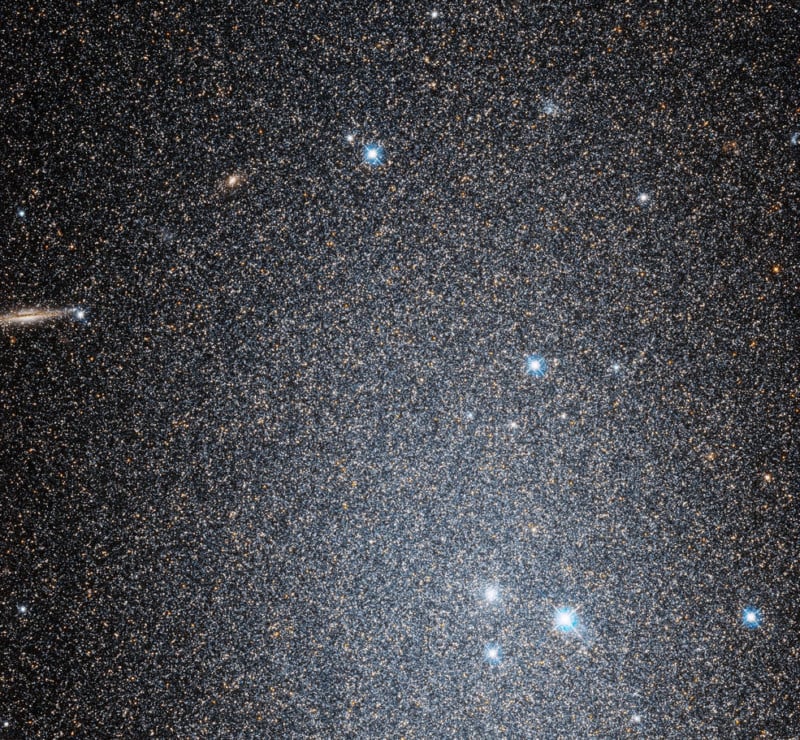
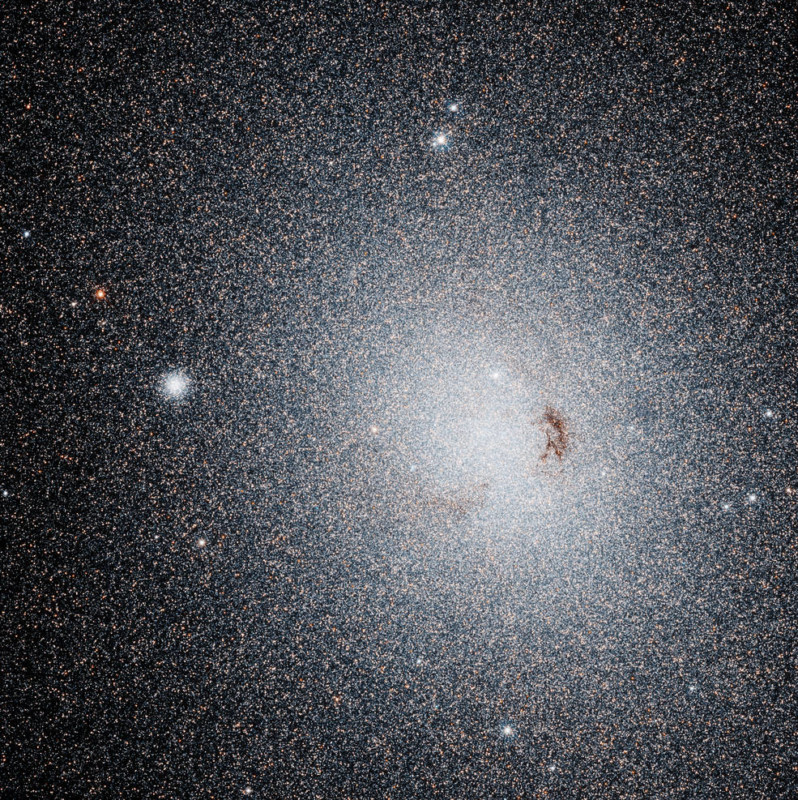
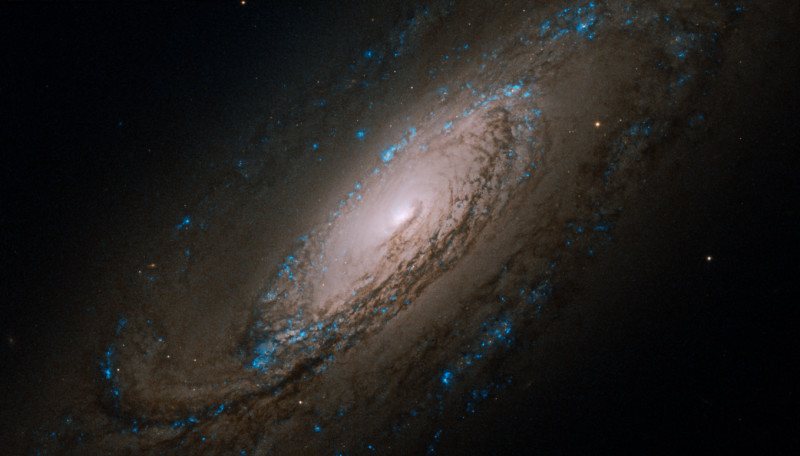
NASA says that the Caldwell objects are an interesting target for amateur astronomers around the world because the Caldwell objects are split between the northern and southern hemisphere skies.
The 30 additional images have been taken by Hubble throughout its 30-year career and used for scientific research and tests, but had not been fully processed for public release until now.
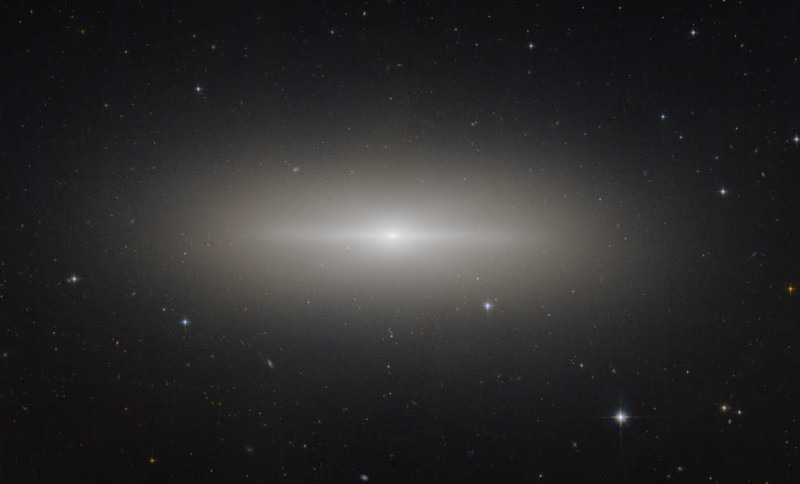
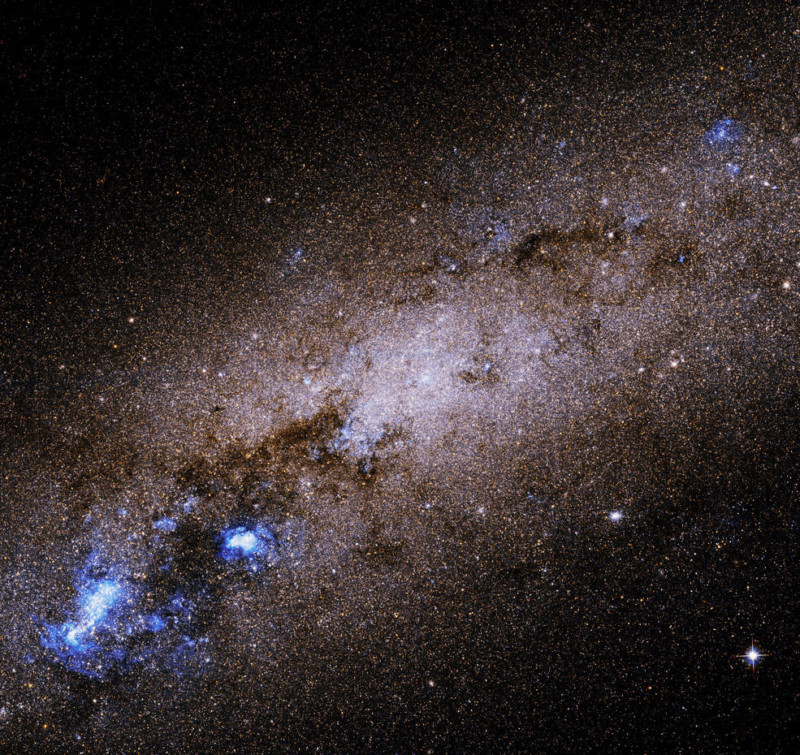
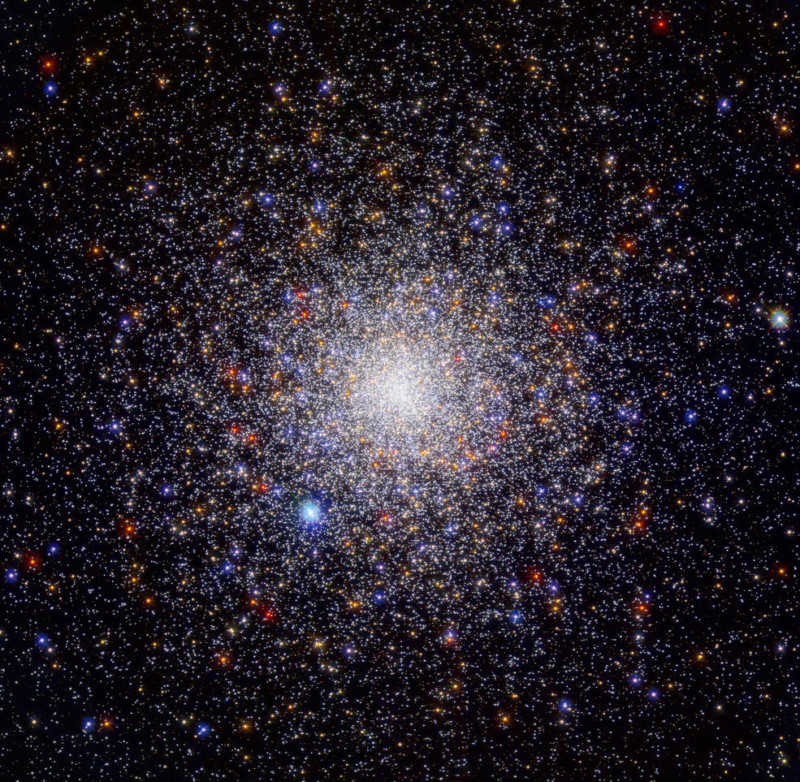
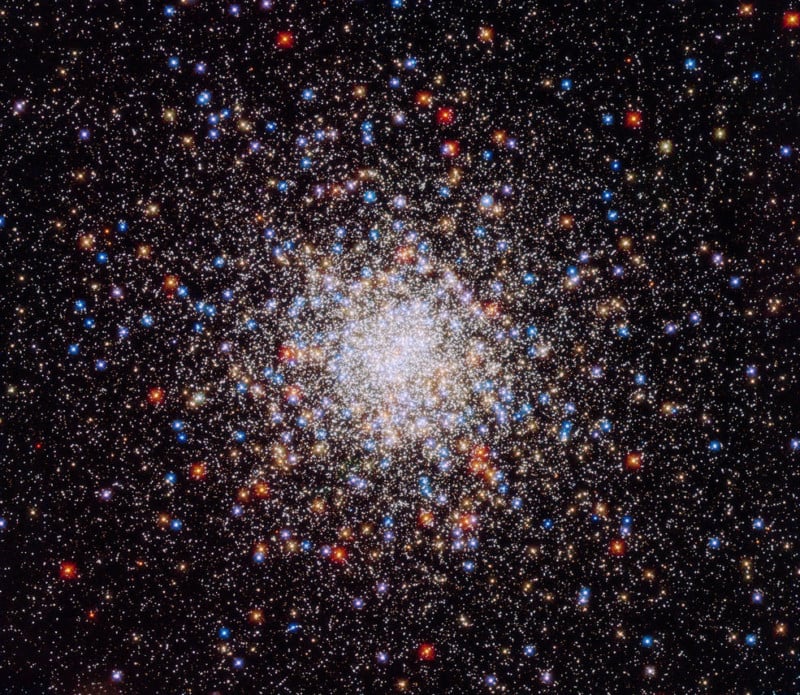
Some images do not fully capture the entire Caldwell object, like the ones below, because of Hubble’s detailed field of view.
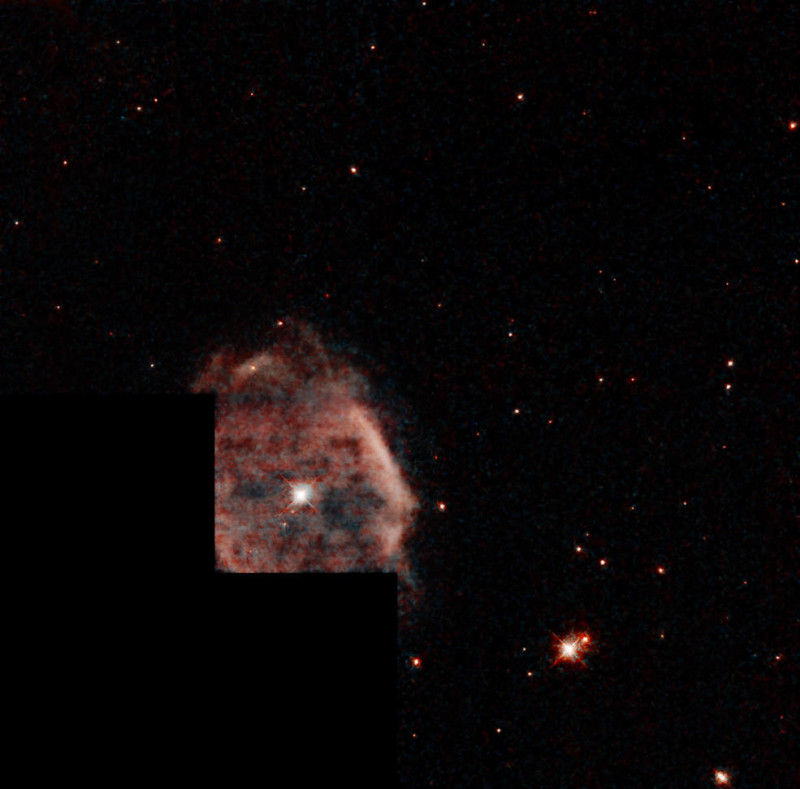
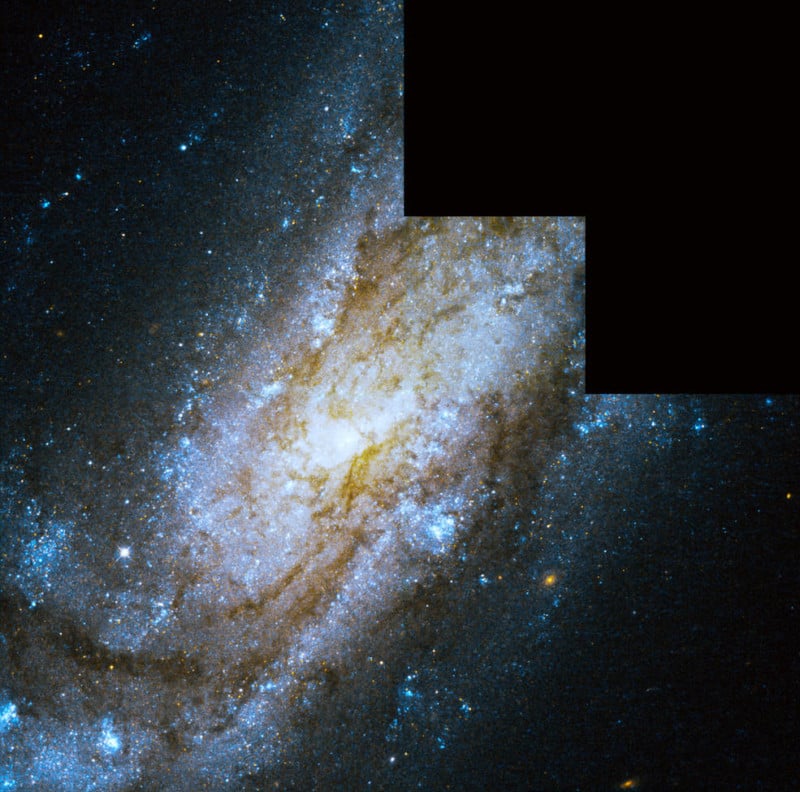
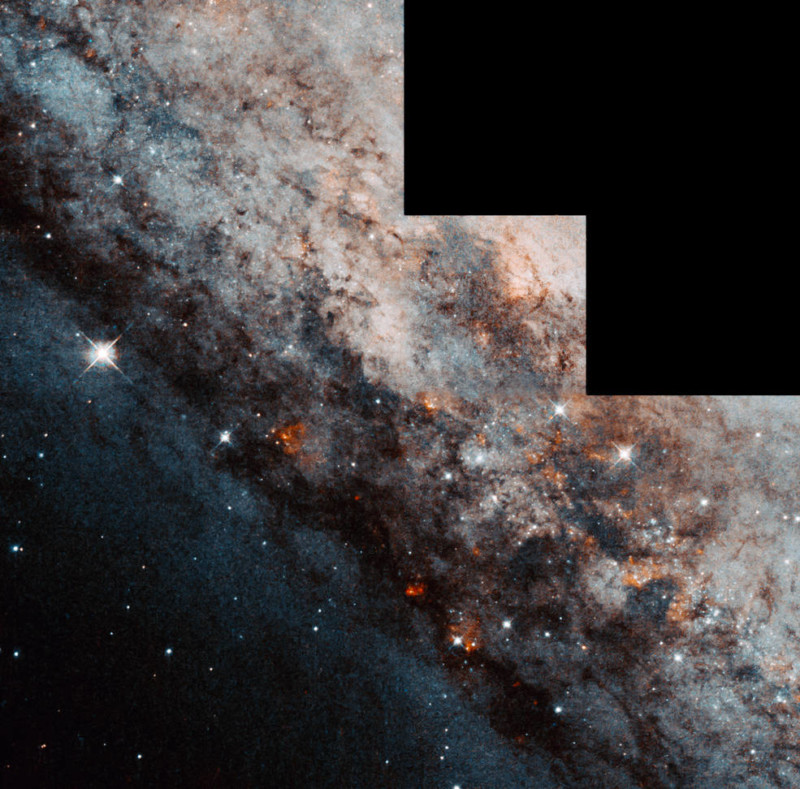
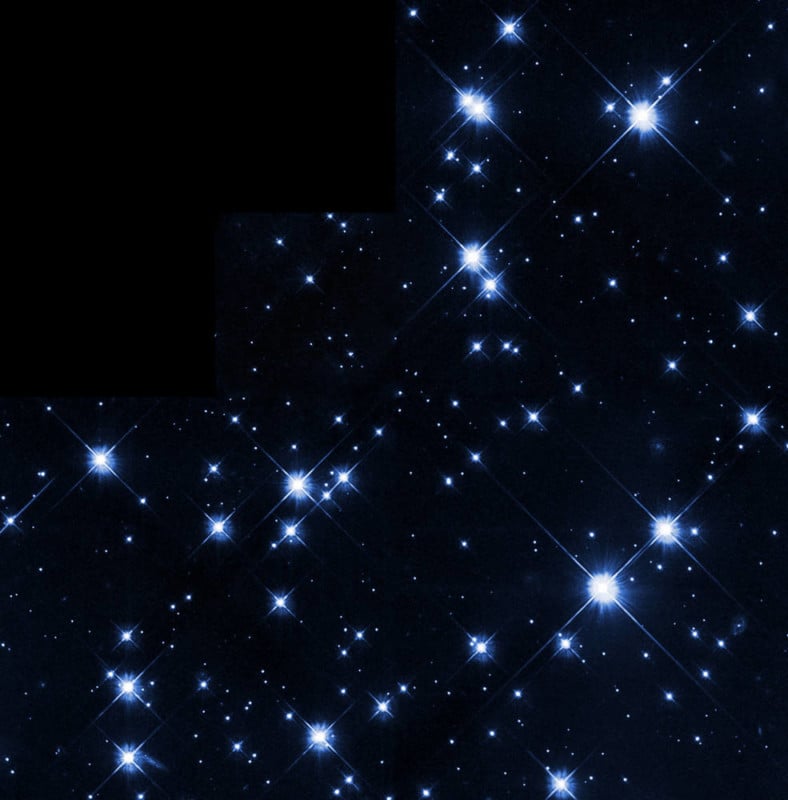
The images added this month boost the collection of photos to 87 of the total 109 objects.
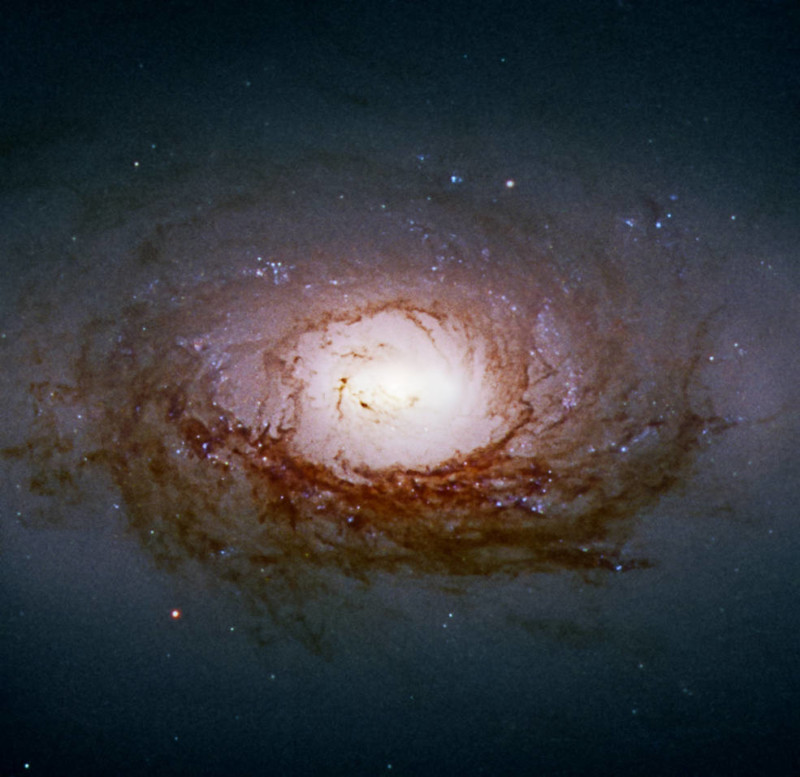
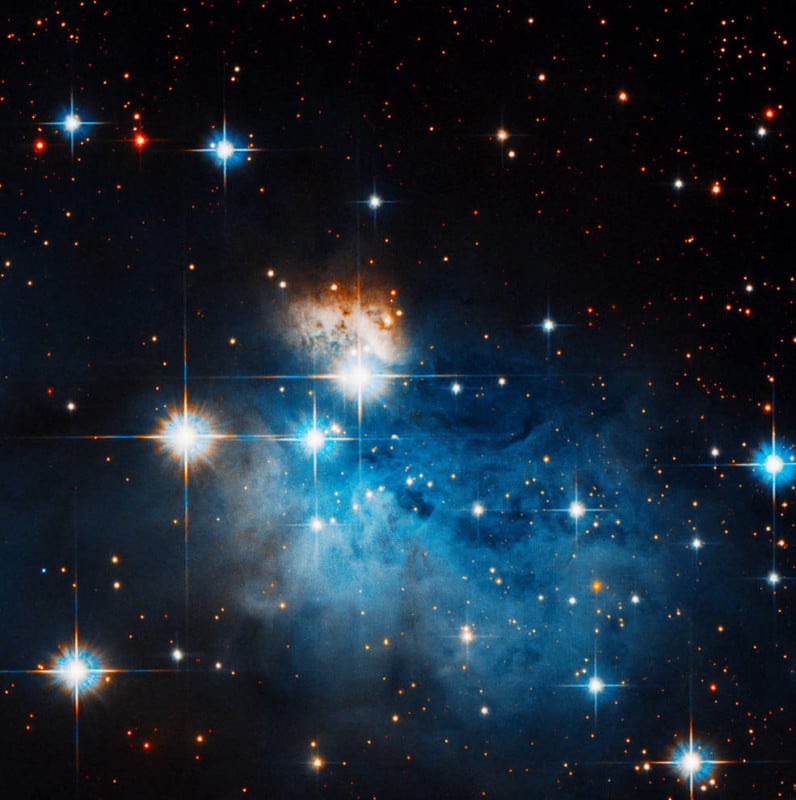
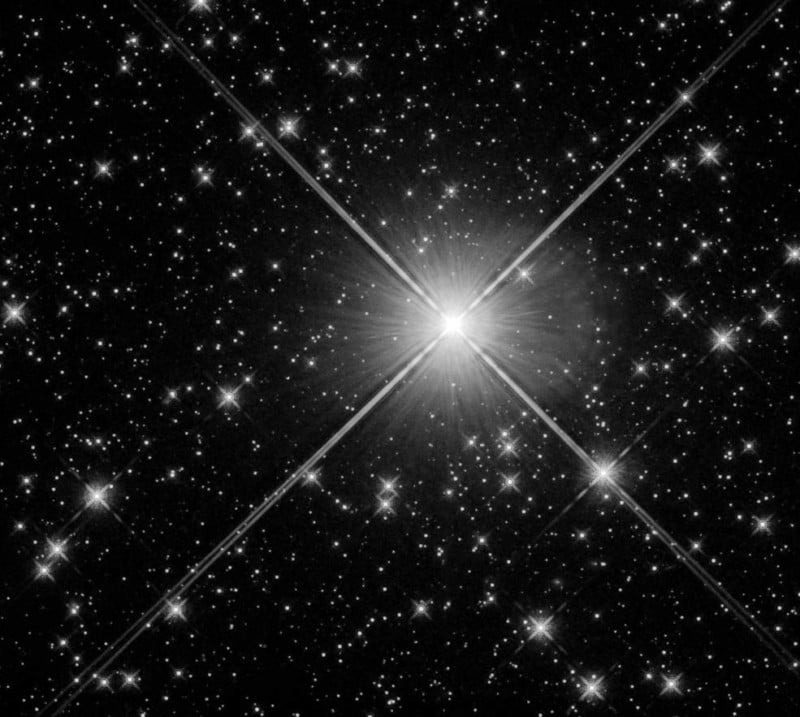
To see the full set of images from the Caldwell collection, you can peruse the catalog here.
Hubble was launched aboard Space shuttle Discovery in April of 1990 and has been upgraded five times by crews of astronauts. Hubble turned 30 years old on December 11, 2020 and is now considered to be even better than the day it was launched. As such, it will continue to make groundbreaking discoveries that NASA hopes will advance our fundamental understanding of the universe.
Hubble may be 30, but it is most certainly not old.
(via Engadget)
Image credits: NASA, ESA, and A. Riess (Johns Hopkins University), with processing credit individually noted on each image.